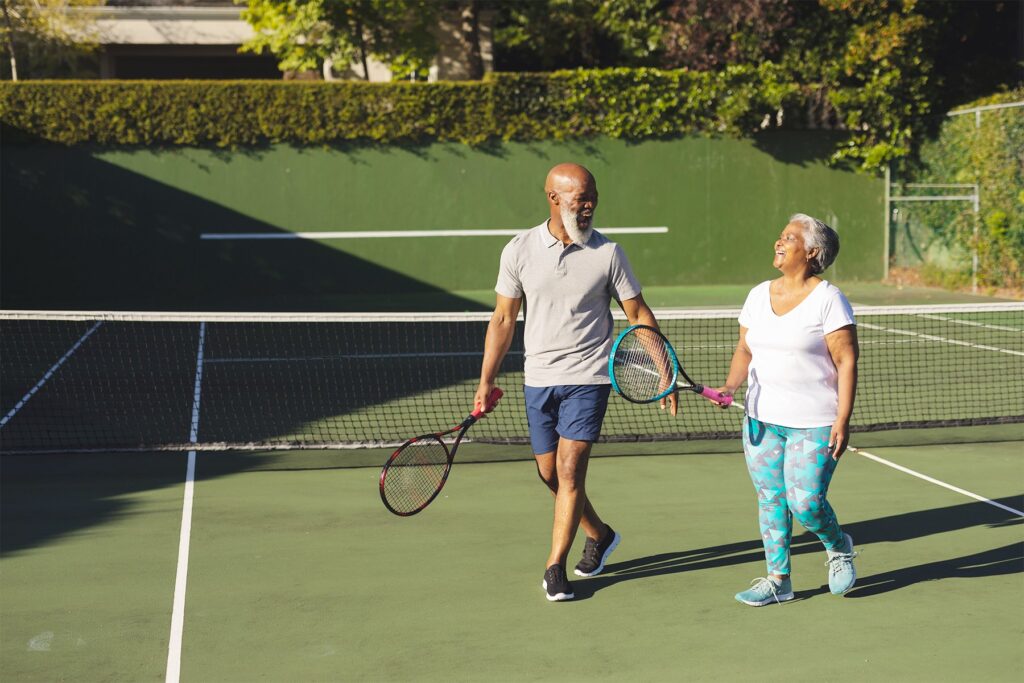As Seen in D Magazine
There is a good, and simple, reason senior living communities throughout the Dallas area are undergoing change—consumer demand. Today’s seniors who are transitioning from their longtime homes to retirement communities want their move to feel like a lifestyle upgrade—something that mimics the resorts where they vacation. They want to continue with their lives as usual—but without the hassles of home ownership. When weekly happy hours, on-site spa services, and front-door meal delivery are part of the deal, they know they are home.
Approximately 52 million people in the United States are age 65 or older, according to the U.S. Census Bureau. By 2060, this demographic is projected to double in size. This means one in five people will be senior citizens who have retirement living on their minds. Thanks to improved medical care and healthier lifestyles, people are living longer. However, there’s a challenge that accompanies this good news—finding the perfect time to make a move. While many seniors are open to the idea of moving to a retirement community, they’ll do so with one caveat—the senior living community they choose can’t resemble where their grandparents and parents spent their senior years.
“We are in a new era with respect to best-in-class retirement living,” says Patricia Will, founder and CEO of Belmont Village Senior Living. “We have a very sophisticated consumer today, relative to the consumer who came to us a decade ago. There is more interest in staying current and engaging in programs that lead to resilience and well-being.”
Nearly one-third of all seniors live alone, according to the U.S. Census Bureau. While this living arrangement may be common, it doesn’t mean it’s always healthy. Isolation for seniors can lead to depression, weight loss, and cognitive decline, among other health issues. The pandemic has created increased isolation for seniors, as they remain in a high-risk group for COVID-19. Staying indoors and away from others is safer, but the restrictions for limited interaction that helped protect them during the pandemic have created other risks in their physical and mental health. This has led to a resurgence in the interest of senior living communities, as the importance of connection, socialization, and access to medical care has been emphasized.
“There has been this relatively long pandemic-invoked period of hibernation,” Will says. “As we begin to emerge from this, there is a wonderful sense of celebration in retirement communities now. There was a time when seniors clung to staying at home for as long as they could, but we are seeing the pandemic as a game changer. The isolation many seniors felt created a thirst for social engagement, a recognition about the need for on-site access to medical care, and an overall gravitation toward community living.”
